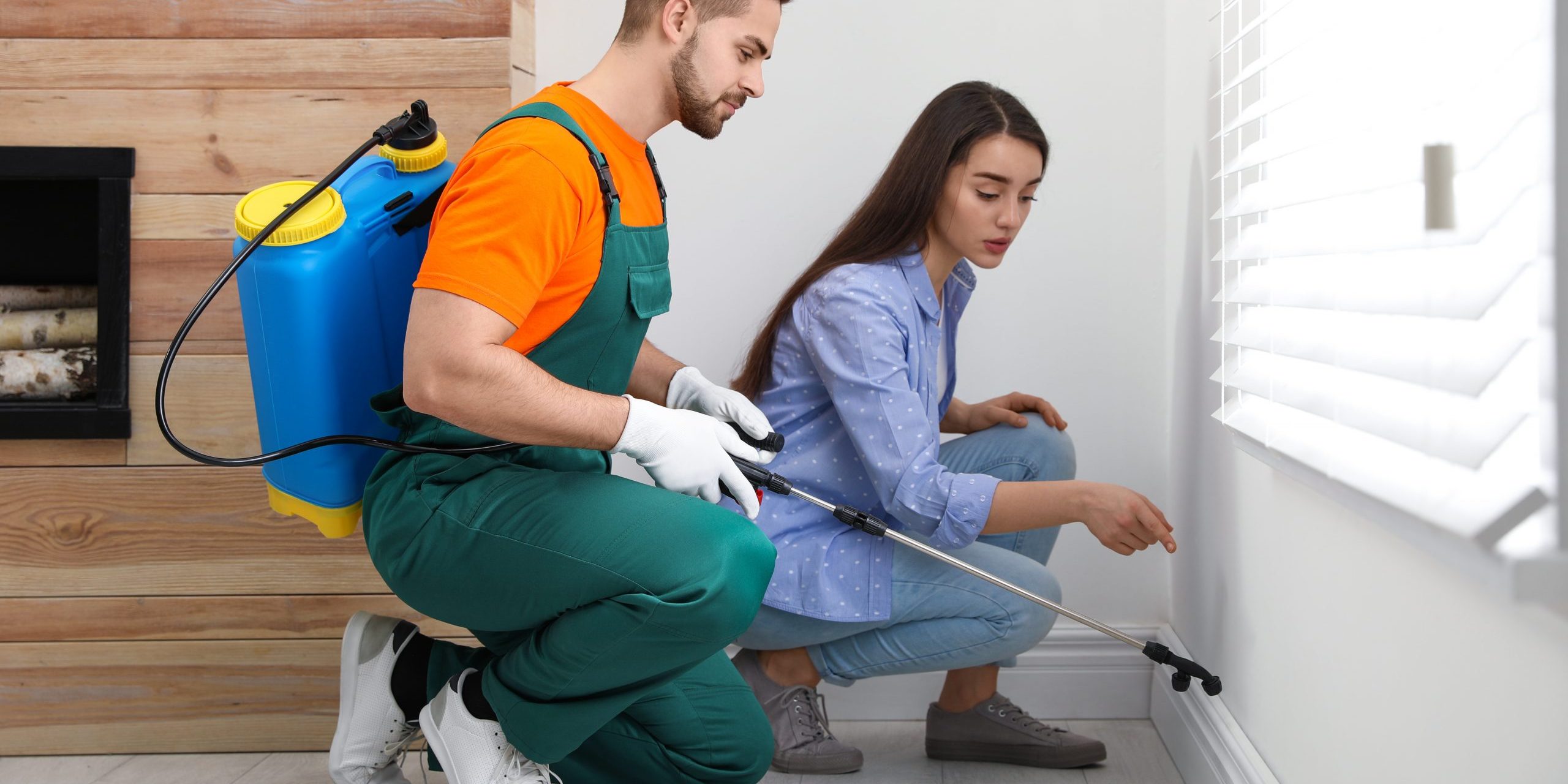Bed Bug Dog Detection: Spot Infestations Early for Assurance!
Wiki Article
Expert Parasite Control Techniques for Long-Term Results
In the realm of bug control, accomplishing sustained efficiency and long-lasting results calls for a precise method that goes beyond simple extermination. Specialist bug control techniques envelop an extensive strategy that starts with a detailed examination and evaluation, followed by exact pest recognition to recognize their habits patterns. The application of Integrated Pest Management (IPM) concepts, paired with eco-conscious treatments, develops the foundation of lasting pest elimination. The real test lies in the ongoing tracking and upkeep of the treated areas, guaranteeing a pest-free setting for the foreseeable future. By diving right into the intricacies of these methods, a much deeper understanding of professional bug control methods for enduring outcomes emerges.Assessment and Analysis
Upon getting in a residential or commercial property for pest control solutions, the first action is a detailed inspection and analysis to recognize the level of the infestation and figure out one of the most efficient treatment plan. Professional pest control specialists are trained to diligently examine the premises, looking for indicators of parasite task such as droppings, chomp marks, nests, or any type of structural damage. They will certainly additionally examine the conditions that may be attracting parasites, such as food resources, water leaks, or entry factors.
Pest Identification and Actions

In addition, recognizing the habits of the identified parasite is crucial to executing reliable control procedures. Knowing where bugs nest, what they feed on, and their activity patterns can aid pest control experts develop approaches to eliminate them efficiently.
Integrated Parasite Administration (IPM)
Integrated Parasite Monitoring (IPM) methods combine numerous techniques to regulate and avoid parasite invasions in a lasting and eco-friendly fashion. bed bug exterminator. By integrating techniques such as organic control, habitat adjustment, modification of cultural techniques, and the use of immune varieties, IPM aims to decrease using chemical pesticidesAmong the vital principles of IPM is the focus on avoidance. This proactive method entails monitoring insect populaces routinely to find any kind of potential concerns prior to they intensify. By recognizing pest issues beforehand, pest control measures can be executed quickly and effectively.
Furthermore, IPM advertises making use of safe bug control approaches whenever feasible. This can include employing natural predators of the bugs, presenting advantageous insects, or utilizing pheromones to disrupt mating patterns. By minimizing dependence on chemical pesticides, IPM not just shields the setting yet additionally aids keep an equilibrium in the ecosystem.
Environmentally-Friendly Treatments
Carrying out eco-conscious methods in bug control treatments can successfully attend to invasions while prioritizing environmental sustainability. Environmentally-friendly treatments concentrate on lessening the influence of bug control techniques on ecological communities, non-target microorganisms, and human health and wellness. These techniques usually involve using natural predators, Extra resources such as ladybugs or nematodes, to regulate pest populaces, minimizing the requirement for chemical interventions. Additionally, techniques like habitat adjustment, such as changing wetness levels or getting rid of food resources, can help deter parasites without the usage of unsafe compounds.One more key facet of environmentally-friendly treatments is using organic and biodegradable products that break down rapidly without leaving damaging deposits in the environment. Agricultural insecticides stemmed from plants exterminator like chrysanthemums or neem provide reliable insect control while posturing very little threat to non-target types. Utilizing approaches like heat therapies or scent traps can target particular parasites with precision, decreasing the total ecological impact of bug control techniques.
Ongoing Tracking and Upkeep
Consistent security and maintenance are important elements of reliable parasite control management. Ongoing tracking plays an important duty in ensuring that insect invasions are discovered early and taken care of quickly. Routine assessments by qualified experts are required to determine any type of indications of bug task, analyze the performance of previous treatments, and make modifications to the insect control plan as needed. By keeping an eye on bug populations gradually, bug control professionals can track patterns, expect potential issues, and implement safety nets to reduce the danger of future infestations.
Along with surveillance, maintenance methods are vital for long-lasting parasite control success. This includes executing correct sanitation steps to remove potential food and water sources for bugs, securing off entry points to protect against insects from getting in the premises, and dealing with any type of architectural issues that could assist in parasite problems (bed bug treatment). By eliminate ants integrating recurring monitoring and maintenance into an integrated insect administration method, organizations can ensure a pest-free environment and secure their property against costly damage and health risks
Conclusion
To conclude, utilizing professional bug control strategies such as comprehensive evaluation and assessment, accurate pest recognition and understanding of their actions, incorporated bug administration approaches, environmentally-friendly therapies, and recurring tracking and maintenance are vital for accomplishing long-term lead to parasite control. By applying these techniques, individuals can effectively take care of bug invasions and maintain a pest-free environment in a lasting way.Report this wiki page